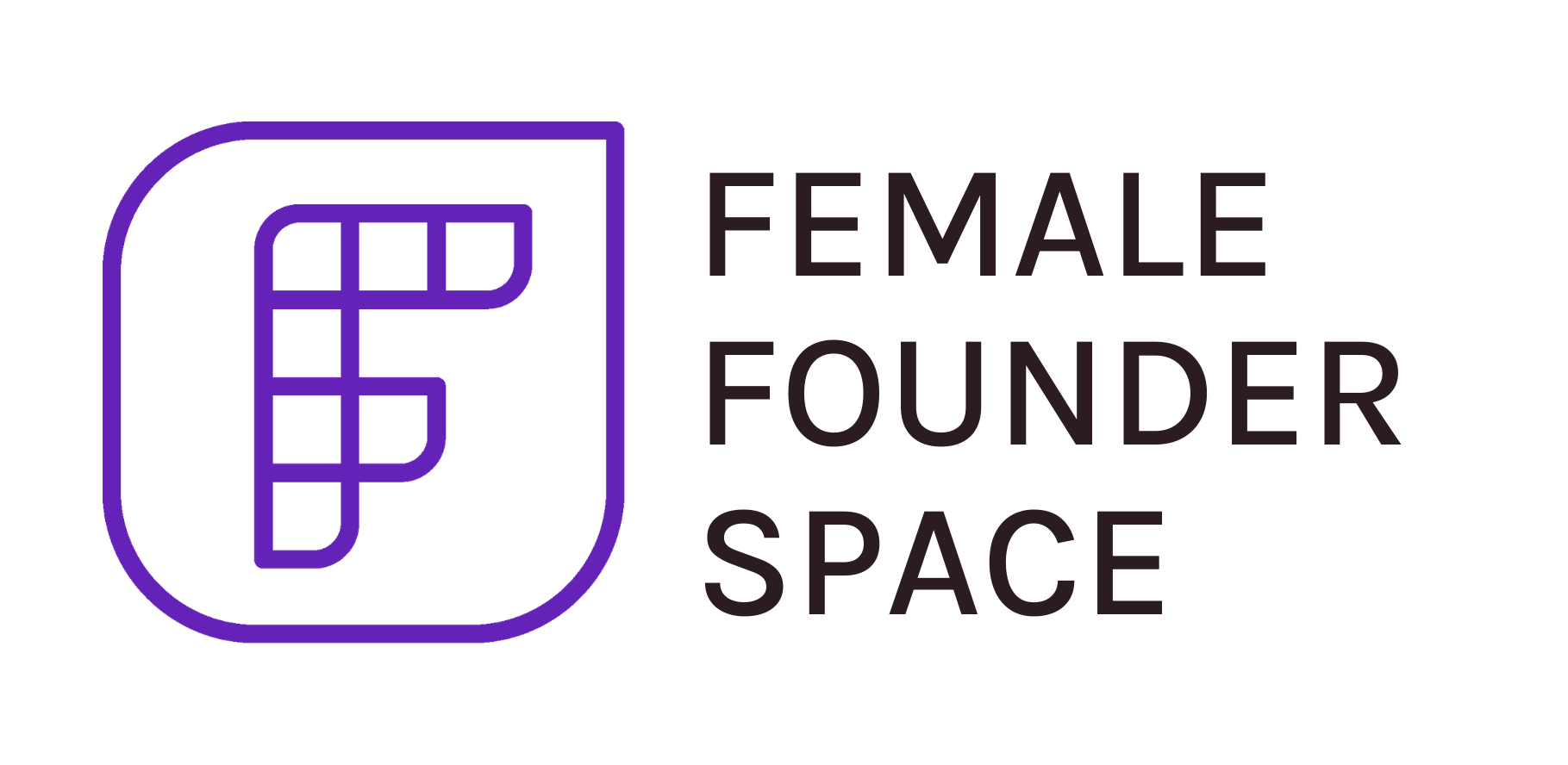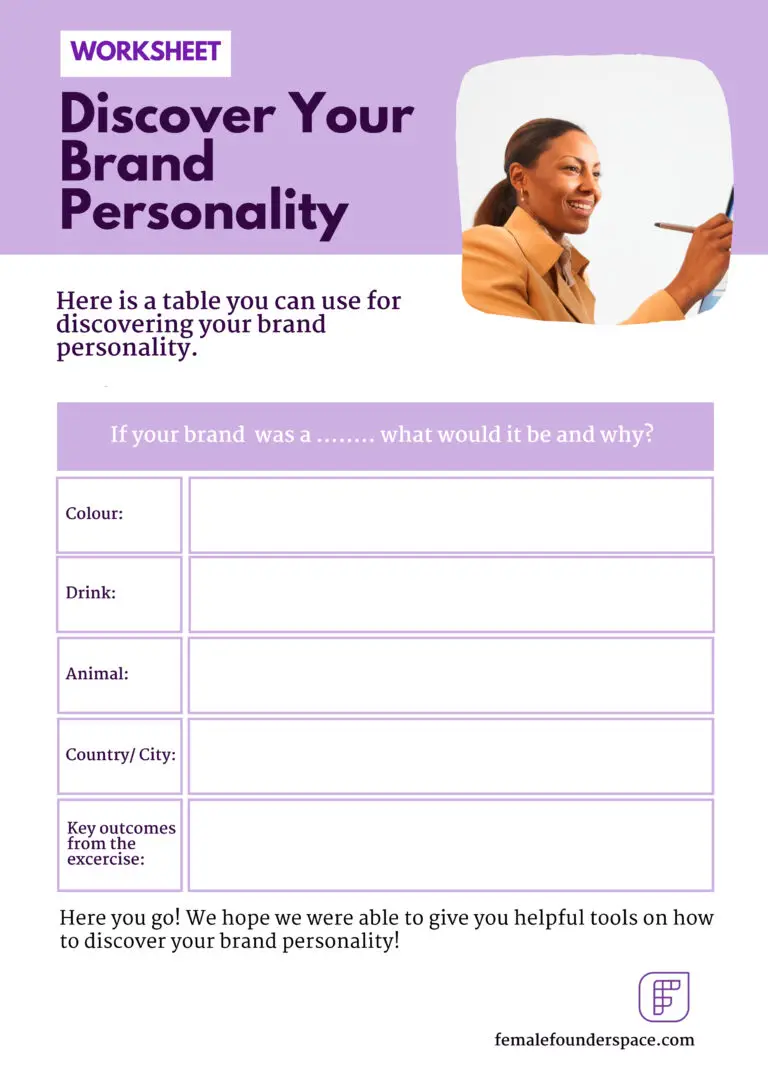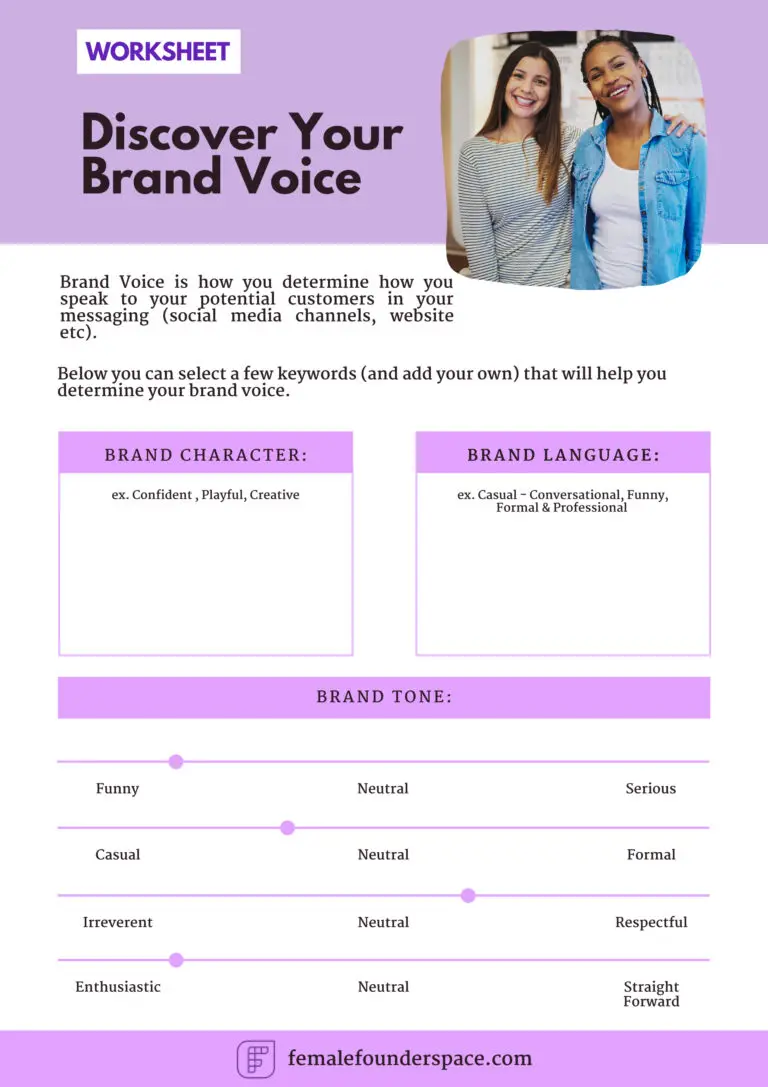Build Your Startup Brand from Scratch
-
Why Your Startup Needs a Brand & Essentials to Get Started
-
Step 1: Start With Your Why & Your Purpose
-
Step 2: Define Your Target Audience & Positioning Based on Market Research
-
Step 3: Develop Your Brand’s Personality, Voice & Tone
-
Step 4: Create Your Brand Name & Brand Identity
-
Step 5: Integrate Your Brand Into Business4 Topics
-
Branding in the Age of Social Media2 Topics
-
Rebrand or Revitalize Your Brand Successfully
-
Get Started With Your Branding
Step 3: Develop Your Brand’s Personality, Voice & Tone

A personality, voice, and tone make your brand more compelling, relatable, and unique. More than just attracting people to your brand, it helps build lasting connections. Why is this important? People buy from brands they like, know, and trust based on a relationship cultivated over time. This relationship is strongly influenced by the brand’s overall personality, voice, and tone. In this lesson, we discuss these three elements.
Brand Personality, Voice & Tone
Makes your brand more compelling, relatable and unique, building lasting connections with your customers.
Let’s define what these three elements are and why it’s important below.
Brand Personality refers to the human-like characteristics, emotions, and attributes that a brand embodies. Your brand’s personality is how it portrays itself in front of customers. This personality is composed of your brand’s tone and voice which establish your brand identity.
The Brand Tone and Voice is the expression and embodiment of your brand’s personality, beliefs, and value. Think of it as the person behind your brand. It is not only about how your brand portrays itself verbally but also the words you use in your marketing and how you use them. This is an important driver of how you communicate in all your brand’s actions and interactions. Hence, it should be consistent in all aspects of your brand.

So how do you develop your brand personality, voice, and tone?
For Brand Personality, behavioral psychologist and Stanford professor Jennifer Aaker designed a five dimensions framework for personality wherein each dimension contains a set of traits.
According to Sullivan (2019), to apply these to a brand, you rank the traits on a scale of one to five, with one being the least representative of your brand and five being the most. The Five Dimensions Framework can be used to compose the personality of a new brand or to articulate a brand’s current state (defined by customer perception and attitudes) and future state (represented by the desired perception).
To better understand brands’ personalities, we prepared an exercise in which you can use your imagination and look at your brand from a different non-casual perspective. This will give you an insightful look at your brand and really understand what your brand is about.
For Brand Voice and Tone, a good way to define this is to gather a representative sample of your content. Review this critically. After which, describe your brand voice and tone in three main words based on this sample content you have found. Look at common themes and group them accordingly. Once you have defined these words, add a brief description of each characteristic. Now put it into action! Incorporate it into your brand. Revisit whenever you need to make changes.
You already might have developed your brand personality; now, it’s time to discover your brand further. To better develop your brand’s voice, we created a worksheet with the help of which you will be able to define your brand’s voice more easily.
Don't wait and get started!
So these are the essential elements you need to know about brand personality, voice, and tone! Ensure that these three are consistent and get started with brainstorming!


